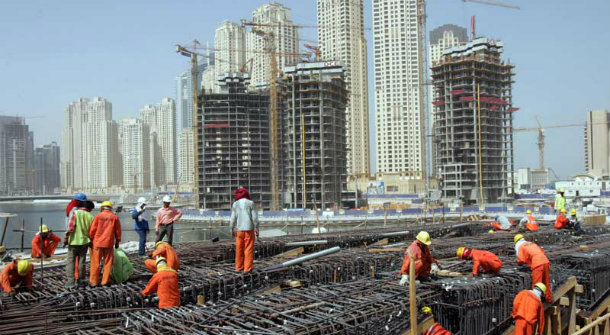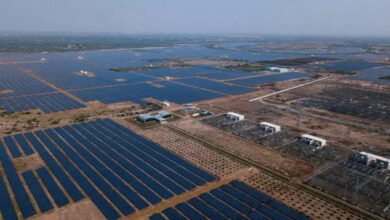India’s core sector Infrastructure June output grows at 8.9% YoY
India's infrastructure output, which comprises eight sectors including coal, crude oil and electricity and accounts for nearly 40% of industrial output, rose by 25.3% on year in the first quarter of the fiscal year beginning in April.

India’s infrastructure output in June rose 8.9% year-on-year, compared with 16.8% in the previous month, government data on Friday showed.
The data released by the commerce and industry ministry on July 30 showed production declined in just one out of the eight core sector industries – crude oil.
The eight core industries of coal, crude oil, natural gas, refinery products, steel, cement, fertilizer, and electricity have a combined weight of over 40 percent in the Index of Industrial Production or IIP.
Data released by the industry department showed that refinery output and steel production in June eased from double-digit growth in May, while fertilizer production turned positive. Positive growth was seen in seven out of eight sectors, with crude oil output contracting.
India’s infrastructure output, which comprises eight sectors including coal, crude oil and electricity and accounts for nearly 40% of industrial output, rose by 25.3% on year in the first quarter of the fiscal year beginning in April, the data showed.
According to the commerce and industry ministry data, production of coal, natural gas, refinery products, steel, cement and electricity jumped by 7.4%, 20.6%, 2.4%, 25%, 4.3% and 7.2%, respectively, in June 2021, as against (-) 15.5%, (-) 12%, (-) 8.9%, (-) 23.2%, (-) 6.8% and (-) 10% in the same month last year.
Interestingly, electricity output rose by 7.2 percent in June, after rising by 7.5 percent in May and 38.5 percent in April. It had risen a substantial 21.2 percent in March as well.
The International Monetary Fund (IMF) has sharply scaled down India’s economic growth projection by 300 basis points to 9.5% for the current fiscal from 12.5% estimated earlier in April.
IMF said the downward revision is due to the “lack of access to vaccines”, a possibility of renewed waves of Covid-19 and slow recovery in consumer confidence.



